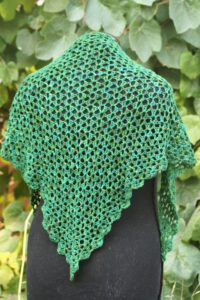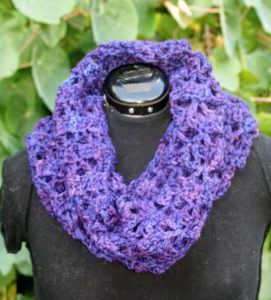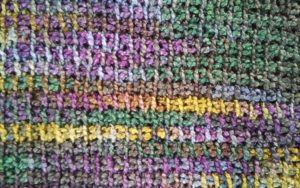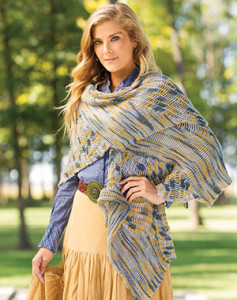Have a little yarn? Needing a quick gift? Want to get ready for cold weather? Crochet Fingerless gloves are the prefect answer.
I have created a few patterns for fingerless, and even fingered gloves over the years, but you can create your own custom fit pair pretty easily. All you need to do is create a rectangle.
That seems almost a little too simple, but this version of fingerless gloves really are that simple.
Want to follow a pattern instead, here are some of my glove patterns:
- Slight Trail Men’s Gloves
- Dancing Stripes Fingerless Gloves
- Window Glass Fingerless Gloves
- Diamond Scales Beaded Fingerless Gloves
Types of Gloves
There are essentially two different approaches to creating gloves. One is to work in the round, making a tube. This approach needs a little more attention to detail, as the tube needs to adjust in size a bit to feel like a nice fit. When working from the cuff to palm there needs to be an increase a couple of rounds before the thumb and then create a loop for the thumb, while decrease a couple of stitches to help the gloves fit the fingers.
However if you work a rectangle in the length you want your gloves and continue until the width can wrap around your hand, then you can make a glove.
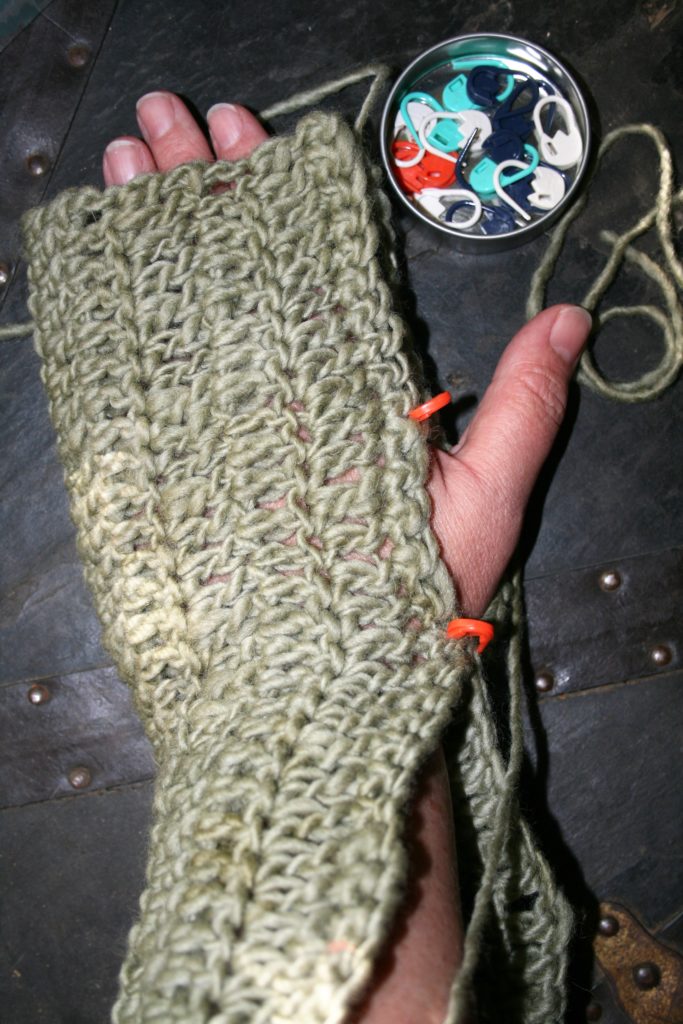
Make your Gloves
This rectangle can be created in any stitch pattern, so you have complete creative control. If you want a bit of extra stretch I would recommend working a fabric of back loop single crochet. It offers a ribbing like effect and allows for a comfortable fit.
Then the beginning row is folded over to the last row. I place my hand in this fold and use stitch markers to mark either side of my thumb, essentially marking the opening for my thumb. Then it is as simple as seaming the edges together with the exception of the thumb opening.
It really is that simple.
I have found to step these gloves up a bit more, I find a yarn that has a great color change, or nice texture. This makes the rectangle that can really be something that is fabulous.


